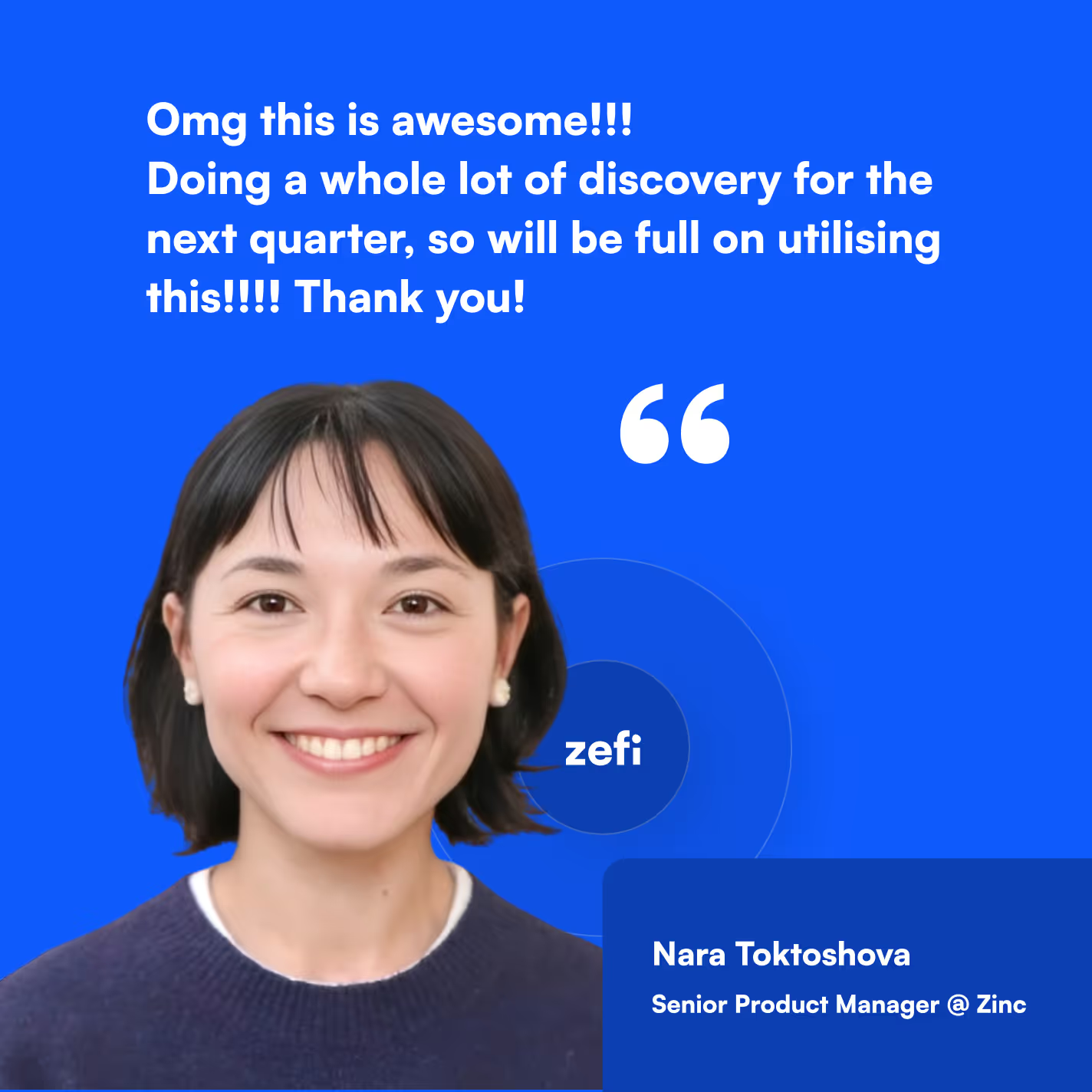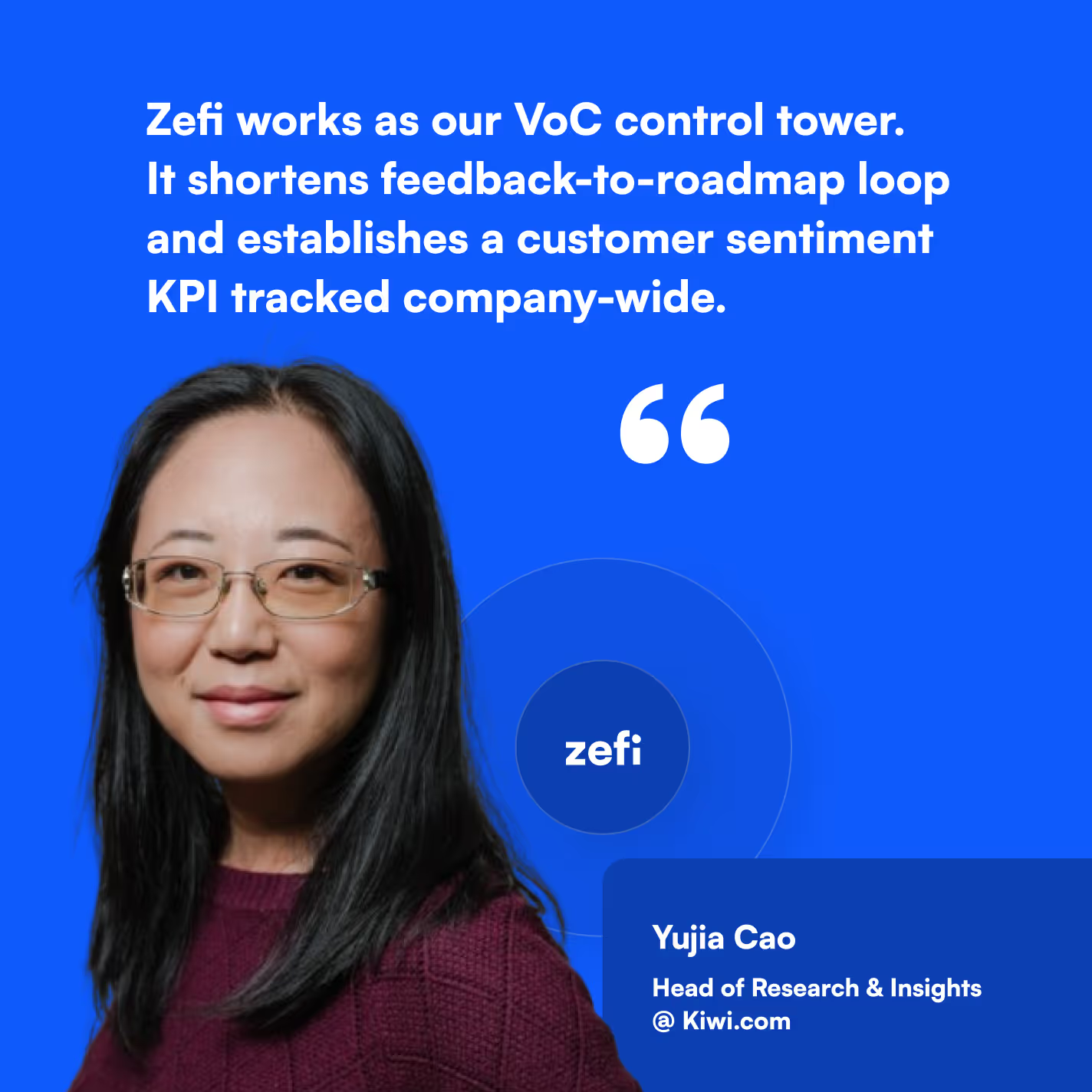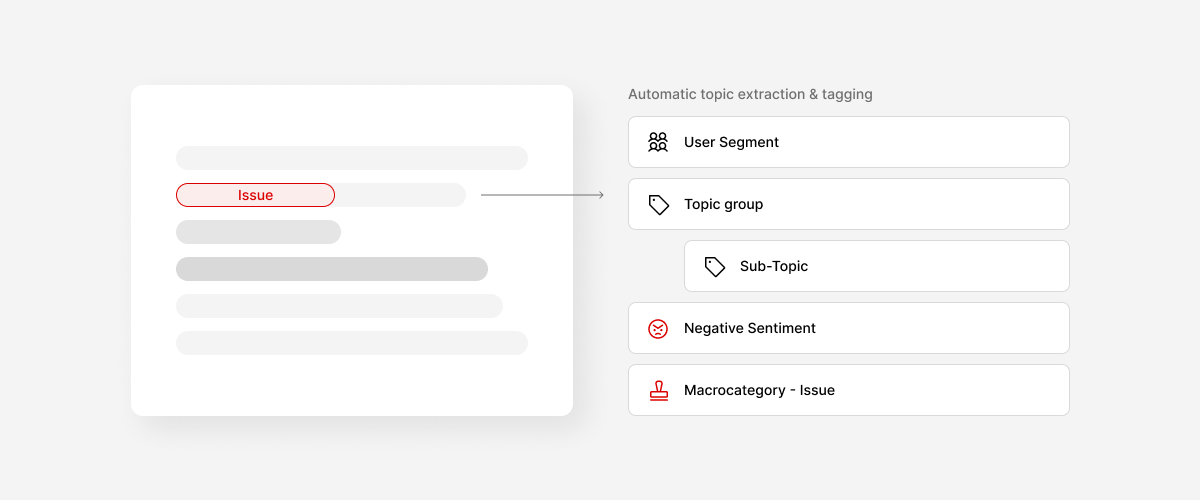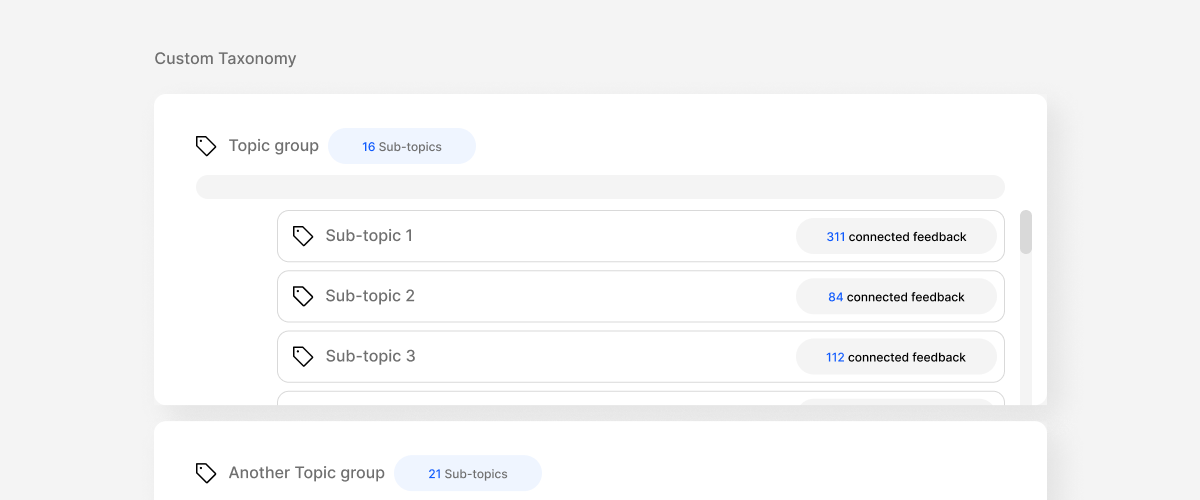The MVP: A Product Manager's Secret Weapon for Success
Imagine building a product in record time, gathering valuable user feedback, and minimizing the risk of failure. That's the power of the Minimum Viable Product (MVP).
What is an MVP?
Coined by Eric Ries, the MVP is a development strategy designed to validate your product idea quickly. It's about creating the fewest features necessary to:
- Solve a core customer pain point: Address a real user need and attract early adopters.
- Deliver value: Offer a tangible benefit that incentivizes users to engage with your product.
- Minimize resource investment: Focus on core functionality, avoiding unnecessary bells and whistles.
Think of it as a "product trial run" – a way to test the waters before diving in headfirst.
Why Use an MVP?
As a product leader, your MVP serves two critical purposes:
- Reducing risk: By launching a lean version, you minimize the potential for failure and wasted resources if the market doesn't respond favorably.
-
- Maximizing ROI: Learning from user feedback allows you to iterate and improve your product rapidly, leading to a more successful and marketable final version.
Building an MVP:
- Identify core features: Pinpoint the features essential for solving user pain points.
- Simplify and prioritize: Build the most basic version with only those core features.
- Launch and track: Release your MVP and monitor key metrics like user adoption and feedback.
- Iterate and improve: Use the gathered data to refine your product based on user needs and preferences.
This approach, known as "test-measure-learn", involves:
- Hypothesizing: Formulating an idea for your MVP.
- Testing: Building and launching the MVP to gather data.
- Measuring: Analyzing user response and feedback.
- Learning: Utilizing the insights to iterate on your product.
When to Use an MVP:
MVPs are ideal for:
- Testing new ideas: Validating the viability of a concept before significant investment.
- Entering new markets: Gauging user response in unfamiliar territory.
- Introducing new features: Evaluating user receptiveness to potential additions.
By embracing the MVP approach, product managers can make data-driven decisions, minimize risk, and ultimately launch successful products that resonate with their target audience.



































